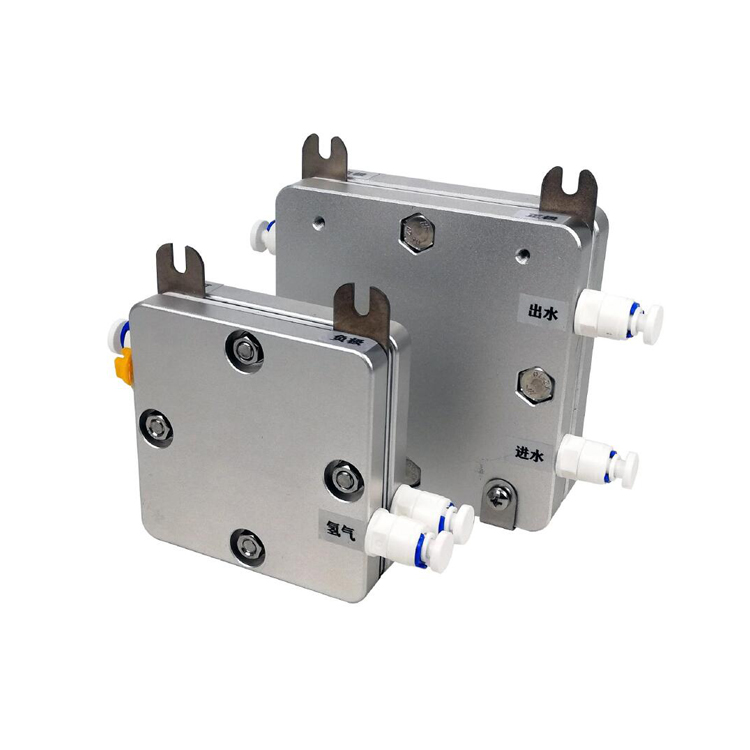Prospects for the Further Development of PEM Electrolyzers in the Era of Clean Energy and Sustainable Development
2024-06-05
As the global demand for clean energy and sustainable development continues to rise, the role of PEM electrolyzers in producing hydrogen gas through water electrolysis has become increasingly significant. PEM electrolyzers, with their high efficiency, compact design, and fast startup and shutdown capabilities, offer a promising solution for meeting the growing demand for renewable energy. Let's delve deeper into the prospects for the further development of PEM electrolyzers.
Rising Demand for Clean Energy
The transition towards clean energy is driven by the need to reduce greenhouse gas emissions and mitigate the impact of climate change. Hydrogen, as a clean and renewable energy source, has the potential to play a crucial role in this transition. PEM electrolyzers, which can produce hydrogen gas from water using renewable electricity, are therefore poised to benefit from this rising demand.
Advancements in Technology
The further development of PEM electrolyzers is being driven by advancements in technology. Researchers are continuously working to improve the efficiency, durability, and cost-effectiveness of PEM electrolyzers. This includes the development of new PEM materials that can operate at higher temperatures and pressures, as well as the optimization of electrolyzer designs to reduce energy losses and improve gas purity.
Integration into Renewable Energy Systems
PEM electrolyzers are also being integrated into renewable energy systems to form hybrid power plants. These systems combine renewable energy sources such as solar panels or wind turbines with PEM electrolyzers to produce hydrogen gas on-site. This approach allows for the utilization of excess renewable energy during peak production hours, reducing waste and improving the overall efficiency of the energy system.
Decentralized Energy Production
The compact design and fast startup capabilities of PEM electrolyzers enable their deployment in decentralized energy production scenarios. This means that PEM electrolyzers can be installed in remote locations or distributed across urban areas to provide localized hydrogen production. This decentralized approach reduces the need for long-distance transmission of energy, improving energy security and reducing transmission losses.
Economic Considerations
The economic feasibility of PEM electrolyzers is also an important factor in their further development. As the cost of renewable electricity continues to decline, the cost of producing hydrogen gas using PEM electrolyzers becomes more competitive. Additionally, the increasing demand for hydrogen in various applications, such as transportation and industry, provides an economic incentive for the further development of PEM electrolyzers.
Conclusion
In conclusion, the prospects for the further development of PEM electrolyzers are promising. The rising demand for clean energy and the need to mitigate climate change create a favorable market environment for PEM electrolyzers. Advancements in technology, integration into renewable energy systems, decentralized energy production, and economic considerations all point to a bright future for PEM electrolyzers in the era of clean energy and sustainable development.



